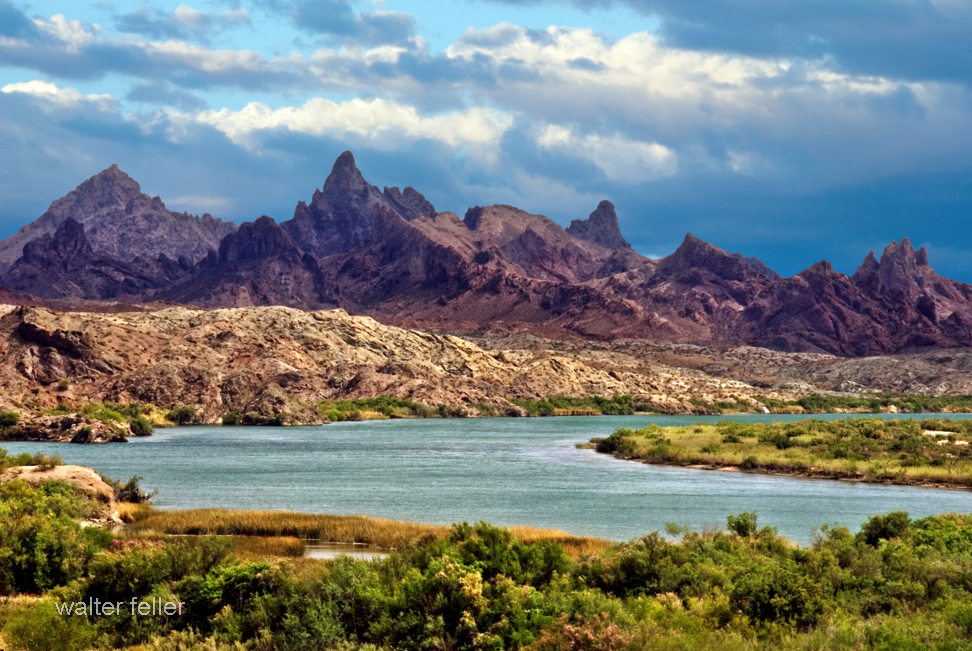The Needles in the Mohave Mountains of Arizona present a unique geological character.

Here’s an overview of the geology of this area:
Location and Formation
The Chemehuevi Mountains are located in southeastern California and extend into the Mohave Mountains in Arizona. This range is part of the Basin and Range Province and is characterized by its dramatic elongated mountain ranges separated by flat valleys or basins.
Erosional Features
The Needles within the Mohave Mountains are likely a result of extensive erosional processes that have sculpted the landscape over millions of years. Weathering and erosion, driven by temperature fluctuations, water action, and wind, have exposed the harder, more resistant rock formations. These processes create the sharp, needle-like spires and rugged terrain typical of the area.
Ecological and Environmental Significance
The Mohave Mountains’ geological diversity supports various habitats and is significant for biodiversity. The area’s unique geology affects soil composition, water availability, and vegetation types, all of which contribute to the ecological complexity of the region.
These geological and erosional processes have given the Mohave Mountains their distinctive rugged appearance, making them a notable example of the dynamic Earth processes at work in the desert environments of the American Southwest.